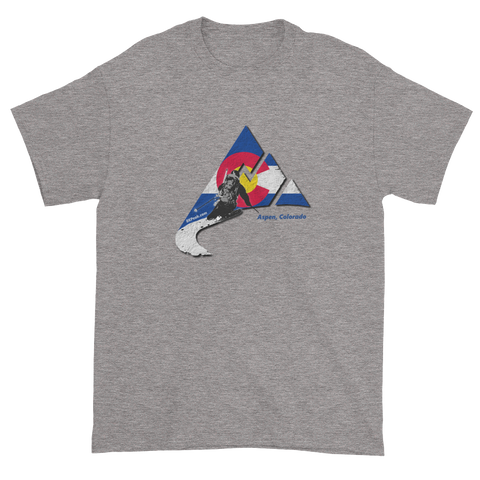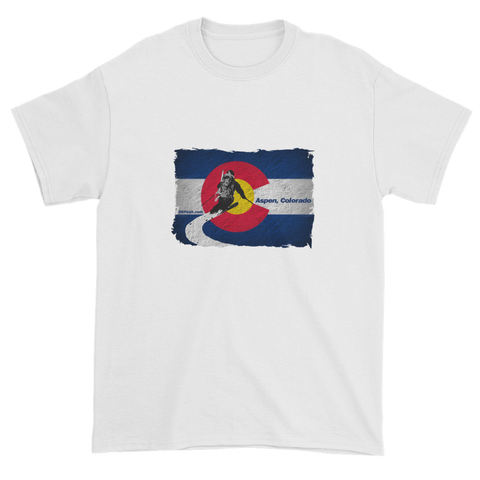(Editor note: 8kpeak is really excited to be introducing Cam Burns as a guest blogger. Cam is an award winning author and writer with decades of climbing and mountain experience. This will be the first of what we envision will be many blogs to come. This blog is in response to our blog on Oct 29th, Expeditions, Making it Happen. )
By Cameron “Cam” Burns
Mike’s recent piece on funding trips got me thinking about how I did it to go climbing, trekking, or just travelling, dozens and dozens of times between the late 1980s and today.
Like a many people out there, I have a very small and limited bank account. But I also have a small and limited skill set (Hmm.… I wonder if those points are related), the most prominent arrow in that quiver being, of course, laying down words on paper. I can take a picture or two here and there, and have been labeled a professional photographer by the kids in my community, but I don’t think they’ve actually seen my competition.
So, when you write stuff, you quickly realize a few things: 1. The high level “C-Office” (VP of Communications-types, etc.) people that might hire you often can’t write very well or, more importantly, don’t want to write—and maybe that’s because they can’t do it very well. A lot of these people end up in marketing, some of them with tourists boards or economic development branches of governments, and those places have millions of taxpayer dollars to spend advertising their areas.
First thing you have to do is get over any lack of ability you’ve told yourself about yourself. You’re lying to yourself. My writing is like a kitchen where someone has pulled the top off the blender and my bad kale smoothie has spewed all over the ceiling. My photography’s worse—think bad muddle puddle of poodle vomit. You will get over that.
In 1997, I was hankering for a big mountain trip: a 6,000-meter peak in the Andes, the Himalaya—even the lower Alaskan ranges. Then, my wife, Ann, decided she wanted a break, too. She likes watching animals; I wanted to get high, so to speak. She suggested East Africa. I balked. There are no real mountains there, or very few. Certainly there’s wildlife galore. But alpine climbing? Eventually I gave in. East Africa it was. Now to figure out funding.
One thing I immediately noticed was there was only one guidebook to Kilimanjaro and Mount Kenya, two intriguing peaks that rose to 19,340 and 17,100 feet, respectively. The guidebook, written by ex-pat Briton Ian Allen, was a bit strange. The book started out with long-winded explanations of the glaciers and the flora and fauna. Those sections read like PhD papers, and I suspect they were published as some kind of favor to someone else.
So, cap in hand, I approached the Moutaineers Book, explained the unfriendliness of the Allen guide, and suggested I write a new one. They agreed, and to my surprise, gave me a $5,000 advance on the book. I figured that would easily cover airfare and three or four trips up the mountain, as well as a jaunt into Mount Kenya to do as many routes as possible there with my regular climbing partner Benny Bach. Ann and I began planning.
I wrote to a half dozen magazines and got guarantees of published articles from about three of them. I wrote to Lufthansa (the German airline that travels between the USA and East African countries) and told them my book would have a strong emphasis on preserving the environment on Kili and elsewhere. They gave us a half price deal on plane tickets. With credit card in hand, we flew to East Africa.
When we got there, we were in for a huge surprise. Trips up “Kili” were much more expensive than we’d read at home. Most were around $900—$1,200.
Apparently, in the mid-1990s, East African nations had seen the potential of making money from tourism. Until then, entrance to a park had been something like 50 shilling a day (about $5), so officials with the park services in Tanzania, Kenya, Uganda, and other African countries traveled their respective countries and changed the park entrance signs. They removed the shillings signs precursor to costs and instead wrote a big dollar sign in front of the 50s. Suddenly we were looking at a much more expensive trip. We did three traverses of KiIi, ultimately taking in nine routes, enough, I figured to draft a guidebook then get some help from the rangers, who knew the parks intimately. Ann and I then did a safari in the Serengeti.
After Kili, Ann flew home and Benny flew to Nairobi. We took a taxi to Gregoria, a small village on the east side of Mount Kenya. We found the required guides and porters for all our gear and headed off into the bush. Benny and I then spent 18 days living in a tent near Austrian Hut, climbing as many routes on all sides of the mountain. We came down, went on a cheap safari and flew home.
I tallied up Ann’s and my expenses for the trip: $13,000. Way, way over budget. Way over. I got to work writing. The book came out a year later and became one of TMB’s best-selling books. I sold a half dozen non-fiction articles about the mountains, and two years later, we hit even.
Then I wrote a piece of what’s called “creative non-fiction”—the kind of stuff Bill Bryson writes. It was a true story about the porters and their shoes on Kili. The piece, “The Shoes of Kilimanjaro” was a massive hit, and ended up being published in about 15 magazines all over the world: South Africa, England, Scotland, Canada, Australia, and at least a half dozen times in the USA. Combined with the book, we were now making a pretty decent profit. I wrote several more creative non-fiction pieces, which were again printed all over the world.
The years moved on. Eventually I put all the pieces together to create a book: The Shoes of Kilimanjaro & Other Oddventure Travel Stories. The book was a success, too, wining the 2002 North American Travel Journalists Association’s Book of the Year award.
After about eight years, the guidebook Kilimanjaro & Mountain Kenya sold about 30,000 copies. I’d negotiated a deal with the mountaineers Book so my take would be a flat 10 percent of gross sales. For every book they sold at $20, I’d get $2. Although it took eight years to get to that sales level, it was well worth it. It is the only book I’ve written that I’d call a commercial success, and I had zero idea it was going to pan out like that.
In the end, we pulled in about four times what the trip cost. You couldn’t do that today as the internet has destroyed traditional publishing. I was lucky to have caught the last wave. I later revised the book to include the Rwenzoris in Uganda, now my favorite mountain range on earth. The trip was a financial loss—it barely covered costs—but I got to see Ptolemy’s famed Mountains of the Moon. A trip I’ll cherish all my life.
So you can pay for trips in non-traditional ways. You just have to be willing to do the work and think creatively about where that work might end up. Good luck, and good climbing.


